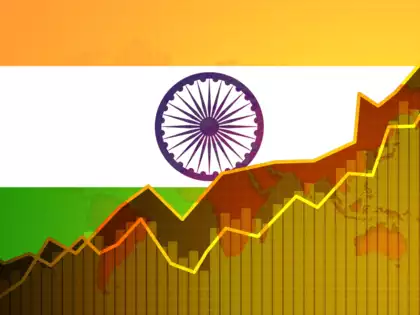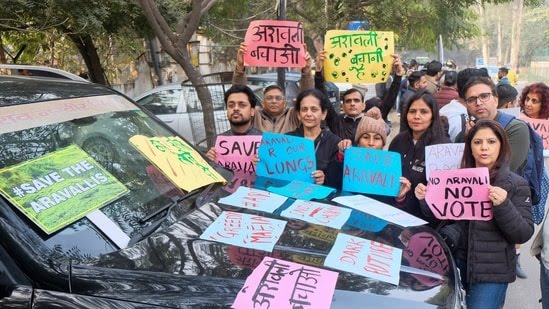Himalaya Harbinger, Rudrapur Bureau
India’s booming microfinance industry, once hailed as a tool for financial inclusion and grassroots empowerment, is now staring at a potential crisis. Surveys indicate that nearly 68% of subprime borrowers are showing signs of financial distress, threatening the stability of a sector that has grown by an astonishing 2,100% over the past few years.
The warning signs are clear. Loans overdue for 91 to 180 days have surged from 0.8% in mid-2023 to 3.3%, reflecting a mounting repayment crisis. With 27% of borrowers now taking new loans just to repay existing ones, experts say the industry may soon face a fresh wave of defaults. In some heartbreaking cases, families are resorting to pulling their children out of school to manage debt burdens.
Small Loans, Big Problems
Unlike the high-risk mortgage-backed loans that triggered the 2008 global financial meltdown, India’s subprime crisis revolves around microloans — typically small, unsecured advances given to the self-employed or those in informal work. These loans are lifelines in a country where nearly 90% of the workforce lacks formal employment and access to conventional banking remains limited.
Traditionally, microfinance lenders enforced discipline by issuing loans to small groups of women, relying on collective responsibility and peer pressure to ensure repayments. But the COVID-19 pandemic disrupted this group dynamic, ending weekly in-person meetings and eroding the concept of “social collateral.”
Since the pandemic, it has become harder for microfinance institutions to recreate the same sense of community and accountability,” observed Chennai-based think tank Dvara Research in a recent report. The collapse of group pressure has shifted risk entirely onto individual borrowers — many of whom operate in cash-heavy rural economies, making it difficult for lenders to accurately assess their financial health.
Data Gaps and Financial Illiteracy
Despite the presence of credit bureaus, many microloans — especially those issued by fintech companies or secured against gold — go unrecorded. This makes it difficult for lenders to track borrowing histories. Additionally, the lack of shared financial exposure has eroded the incentive among community members to curb excessive borrowing, creating a fragile ecosystem where each borrower is on their own.
“There’s no longer a reason for a neighbor to discourage another from taking on more loans,” explained Dwijaraj Bhattacharya, lead author of the Dvara report. “Without group liability, the whole structure of microfinance begins to unravel.”
Regulatory Missteps and Investor Overconfidence
The Reserve Bank of India (RBI) revised microfinance lending norms in 2022, expanding the eligible household income ceiling to ₹3 lakh annually and lifting restrictions on interest rates and the number of lenders a borrower can approach. While these liberal measures aimed to boost financial inclusion, experts say they may have come at the wrong time.
In the aftermath of the pandemic, when wages were stagnant and households were still recovering, many borrowers used fresh credit for consumption — including weddings and lifestyle purchases — rather than income-generating activities. This has led to “status-driven” borrowing, according to Dvara’s executive director Indradeep Ghosh, which he warns can spiral dangerously in a low-regulation environment.
The deregulation also attracted impact investors, including European funds, who poured capital into the sector expecting high and safe returns. With rising defaults, however, those expectations are quickly unraveling.
A Way Forward: Letting Go and Looking Deeper
Experts suggest that not all struggling institutions can or should be saved. Instead of tightening regulations again, which might stifle legitimate lending, the government should focus on enabling borrowers to exit unsustainable debt burdens — possibly by extending individual insolvency mechanisms under India’s bankruptcy code to microfinance customers.
At the same time, the RBI must improve real-time monitoring, drawing on data from credit bureaus and deploying high-frequency surveys to understand where loans are being spent. India’s vast economic diversity adds another layer of complexity. Regional disparities in income and spending capacity mean that a one-size-fits-all regulatory model is unlikely to succeed. Global investors must be presented with granular data so they can make informed decisions about where to invest safely and responsibly.
The microfinance model, inspired by Nobel Laureate Muhammad Yunus, was once a beacon of hope for millions. If India wants to preserve its legacy, it must act now — with smarter oversight, better borrower protections, and more accountability across the board.









